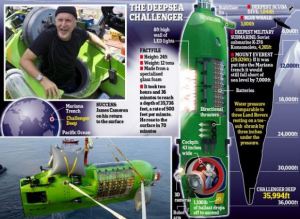
On the occasion of World Ocean Day on June 8 a new development has come up adding to our knowledge about the number of oceans surrounding Earth’s landmass.
We have known all these times the existence of the Atlantic, Pacific, Indian, and Arctic oceans as identified and recognized by the National Geography Society (NGS) which has been making maps since 1915.
But for the first time in the more than 100 years that the NGS has mapped the world’s ocean, it will recognize five of them. The ocean mappers announced, legitimately, that it will recognize the Southern Ocean, a body of water that encircles Antarctica, as the world’s fifth.
Note that while the four other oceans are defined by the continents that surround them and are connected, the Southern Ocean’s border touch all of those except the Arctic. What makes it an ocean in itself is defined by the Antarctic Circumpolar Current (ACC), which makes the waters inside it colder and slightly less salty than its northern neighbors. The current pulls water from the Atlantic, Pacific, and Indian Oceans helping the global circulation of air currents.
Antarctica has been facing the brunt of climate change and rapid warming of the planet for decades and scientists are now studying its impact on the Southern Ocean, which is home to a delicate marine ecosystem that includes whales, penguins and seals.
